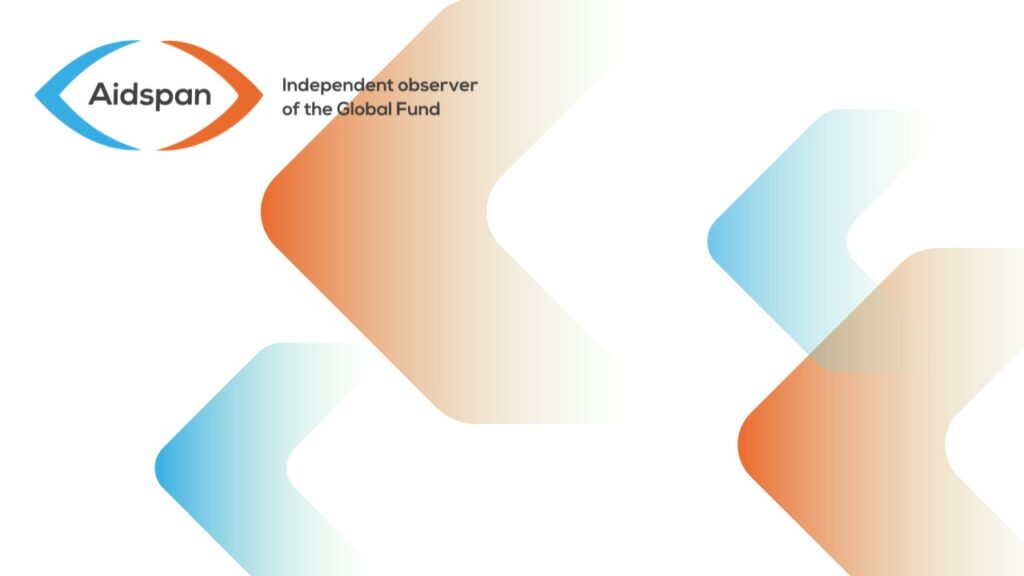The Global Fund to fight HIV, TB and malaria has just concluded its replenishment conference with a
total pledge of $14.25 billion for the next cycle of 2023-2025. Pledges from UK and Italy are yet to come; knowing that the two countries had together given almost $2 billion in the ongoing cycle, advocates are hopeful that those two countries’ contributions will push the envelope into the vicinity of $16 billion. The Global Fund was asking for at least $18 billion.
Despite the shortfall, the pledged amount appears to be a success: the world has come together to fight those diseases and has not turned its back on existing epidemics despite inflation, war in Ukraine and fear of a global recession. In the
last replenishment held in 2019, donor countries, recipient countries, foundations, and the private sector pledged about $14 billion.
The Global Fund resources are allocated based on two main criteria: burden of disease and ability to pay. Therefore, over 70% of the Global Fund resources are allocated to Africa. Many African countries also pledged to contribute resources to the Global Fund.
“More health for the money”
The slight shortfall calls for the Global Fund partnership, implementing countries, civil society actors and all others to find ways to do more with the same amount. In other words, to be more efficient with the level of resources. This is a tall order considering the number of people living with HIV continues to increase. According to UNAIDS, there are
1.6 million new HIV infections per year and about 650,000 people die of the disease. The number of
people who died from TB in 2020 increased for the first time in a decade, according the World Health Organization (WHO). Similarly,
in 2020, malaria incidence and deaths increased respectively by 5% and 12% compared with 2019, stated WHO. About 95% of malaria cases occur in Africa.
How can countries in the African constituencies prevent diseases, and treat those who live with or are affected by the diseases? The
Global Fund Strategy offers some directions.
Integrating services with patients at the center. Good candidates for service integration are HIV and TB programs. While the Global Fund already encourages that approach, it needs to become embedded with other services as well, with client/patient welfare as the paramount objective.
Moreover, a long-neglected vertical program that cries out for better integration with HIV is that for sexual and reproductive health. Why are we still having to argue for this so many years later?
Integration matters not only to save money but also to provide better services. As people living with HIV grow older, thanks in large part to antiretroviral therapies largely paid for by the Global Fund, they develop other non-communicable diseases related to older age like diabetes or hypertension. Medical care for those diseases, for instance, are not usually offered in HIV treatment sites.
Health system strengthening. The Global Fund as well as other global health initiatives often like vertical programs that focus on a disease or condition and build a system of data collection, service delivery, and reporting on ‘their’ diseases. Measuring the success of individual donors’ contributions within integrated systems is much harder to do; but not impossible if donors are prepared to make allowances. While such parallel systems ease accountability and perform well during an emergency situation, they are hardly sustainable.
Prevent HIV, TB and malaria in women. In the African constituencies, 63% of people living with HIV are women. Identifying these women and offering them timely prevention and care services will help improve efficiency. In East and Central Africa, adolescent girls and young women (AGYW) aged 15-24 account only for 10% of the population but 25% of new infections. In West and Central Africa, the proportion of new infections is not as dramatic among AGYW. But sex workers, who are mostly women, and their male partners and clients represented 55% of new infections in 2020, according to the
Global AIDS Update 2021.
Sustainability. After 20 years of existence, the Global Fund is no longer working in an emergency context. But should the Global Fund cease to exist today, most countries in the African constituencies will likely face increasing death rates for all three diseases. The reason is that the Global Fund provides most of the health commodities as well as funding for implementers directly involved in grant management. In some countries, it also pays a top-up for human resources. Without medication, tests kits or laboratory reagents, the best-trained health care workers within the best-built facilities become rather powerless.
How can Global Fund investments not only prevent disease but also save lives in a way that allows all countries (especially African countries) and all their components, civil society and community organizations, partners, and governments, to sustain those gains if the Global Fund resources decrease or if the Global Fund no longer exists, is an open question that all should contribute to answering.

